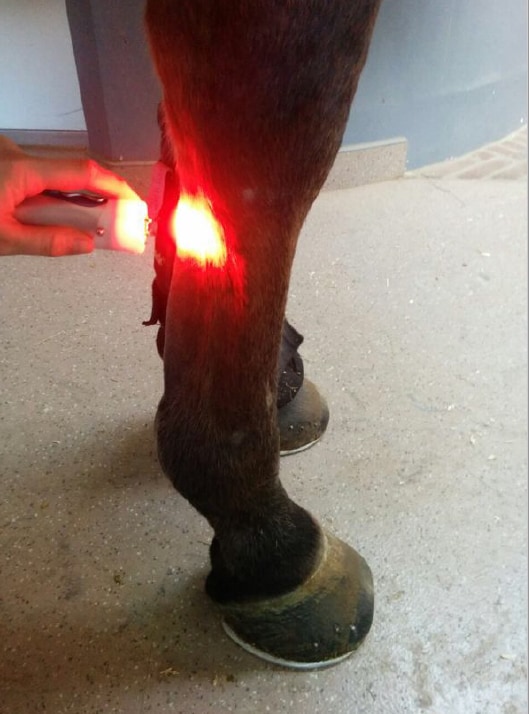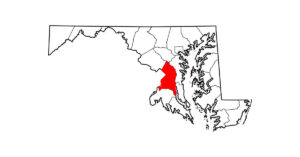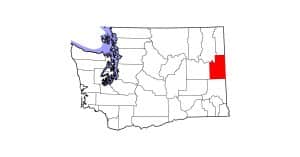Class 4 Laser Improves Equine Suspensory Lesion Healing

“A lot of therapy modalities are being used before they’re actually tested in a standardized control study,” said Mathilde Pluim, DVM, MSc, an equine veterinarian at Tierklinik Lüsche, an equine hospital in Bakum, Germany, who performed the trial along with Prof. Catherine Delesalle’s Research Group of Comparative Physiology at Ghent University, in Belgium. She presented the results on the team’s behalf at the 2020 American Association of Equine Practitioners Convention, which is currently underway online.
The veterinarians assessed a Class 4 laser, which emits four different wavelengths simultaneously. “It penetrates up to 7.2 centimeters, and there are preset treatment protocols available in the device,” she explained. “So, depending on the depth of penetration and effect you want to achieve, you can pick a preset protocol suiting to the type of lesion and the lesion size.”
In a previous study, the team had retrospectively—in this case looking back at records and surveying horse owners—evaluated the short- and long-term results of treating 150 sport horses diagnosed with tendinopathy or desmopathy with this laser. Researchers saw significant improvement directly after laser therapy and four weeks later. The horses started controlled exercise after five to seven weeks and were back at their previous performance levels after 4.7-6.1 months, “much sooner than what has been described in other studies on tendon and ligament injuries in horses,” she said. Reinjury rate after two years was just 18%
Create a free account with TheHorse.com to view this content.
TheHorse.com is home to thousands of free articles about horse health care. In order to access some of our exclusive free content, you must be signed into TheHorse.com.
Start your free account today!
Already have an account?
and continue reading.

Written by:
Stephanie L. Church, Editorial Director
Related Articles
Stay on top of the most recent Horse Health news with












